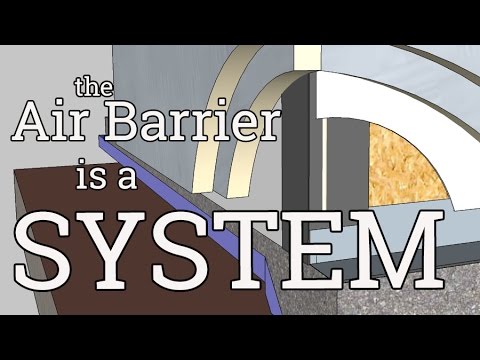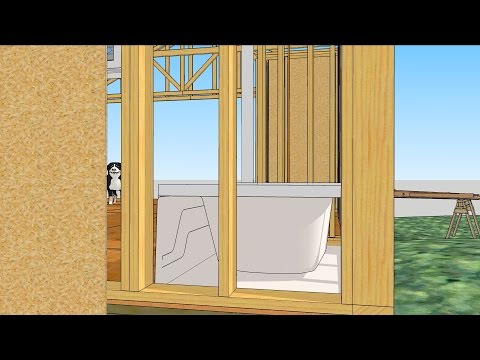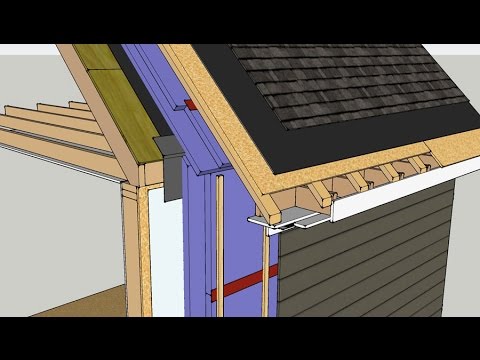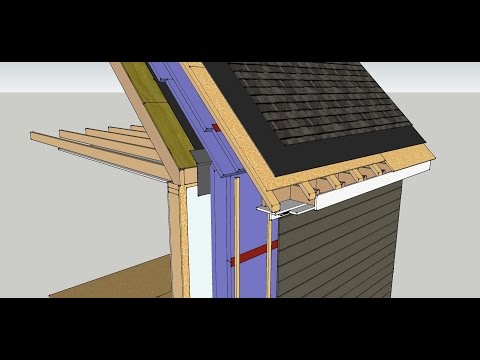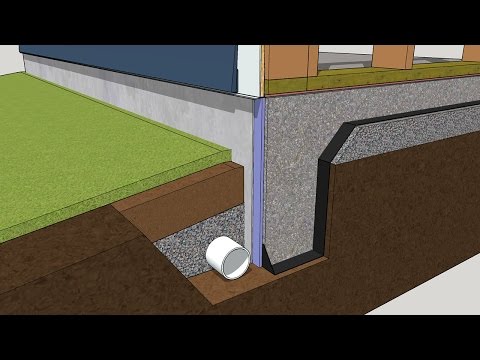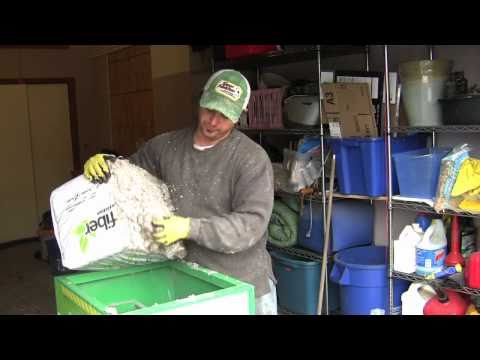The biggest hole in the bathroom
According code, common sense, Energy Star, and the laws of physics, if you do not insulate and air seal exterior walls behind tubs and showers, BEFORE installing the tub/shower, then they will be cold leaky parts of the house which will waste energy, sap comfort, and grow mold.
Bathrooms create a lot of hot humid air. Without insulation and an air barrier in the walls this hot humid air works into the cavities where it condenses in winter and makes puddles. If it is cold, the puddles freeze and continue to build up all winter.
In spring they melt and bloom into mushroom gardens inside the walls. #notgood.
After a tub/shower unit is installed, it is nearly impossible to insulate and air seal the wall cavities. It MUST be done before installation.
If you are a plumber and you are called to install a tub or shower unit before the wall is insulated, respectfully ask if they would like to rethink their order of operations. And then start looking for a GC like Rick Arnold who understands this stuff, because that other one is going out of business
Step by step:
- Install solid blocking between the studs at the flange area.
- Install insulation in wall cavities.
- Mark the location of the tub flange on the solid blocking.
- Measure back from the tub flange about 2 inches to mark the outside edge of the air barrier. In this case, Rick is using 1/4 inch Luan plywood as an air barrier.
- Run a bead of sealant along the perimeter of the air barrier sheet (on the framing).
- Install Luan plywood over the area, bedding it completely in the sealant for a tight air seal behind the tub.
- Install the tub/shower surround as usual.
<code>
- 2012 IECC: TABLE R402.4.1.1 AIR BARRIER AND INSULATION INSTALLATION
- 2012 IRC: TABLE N1102.4.1.1 (R402.4.1.1) AIR BARRIER AND INSULATION INSTALLATION
